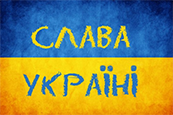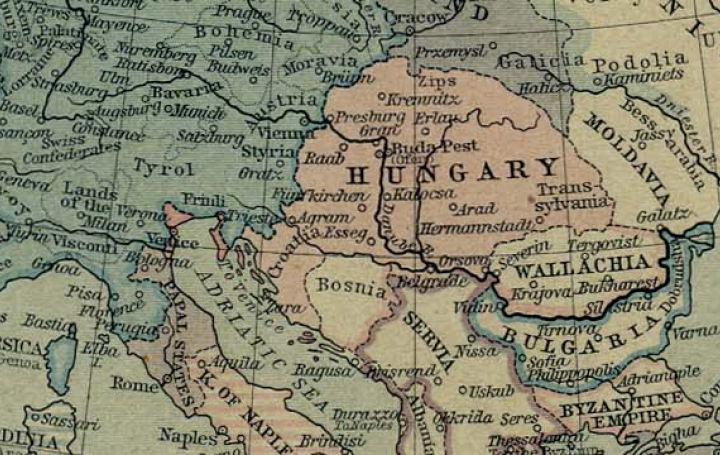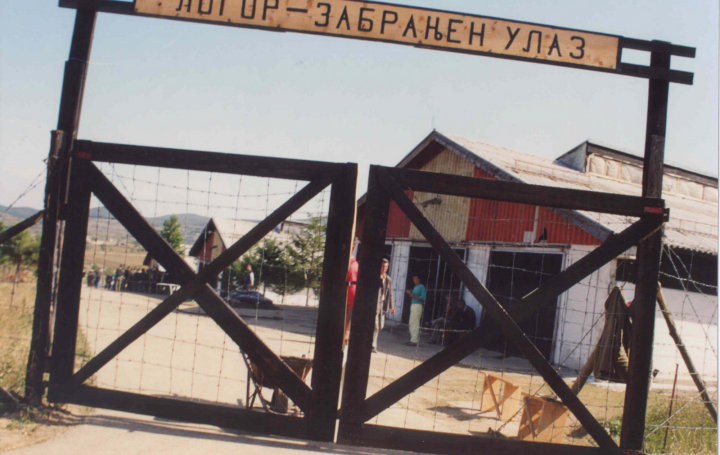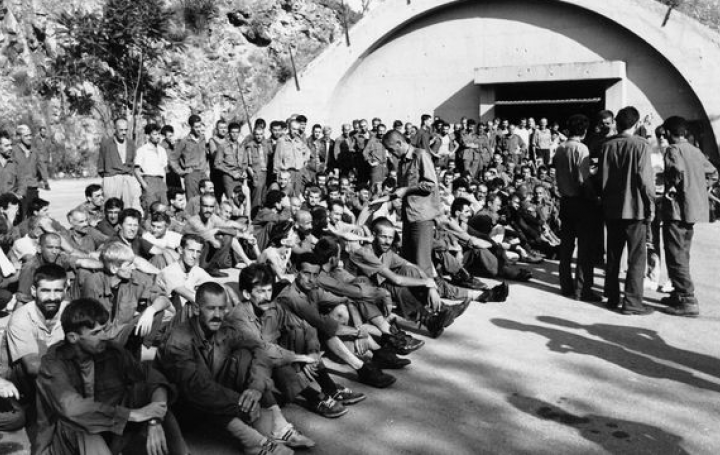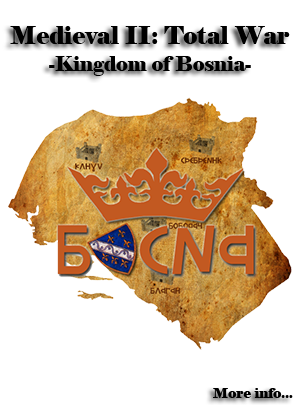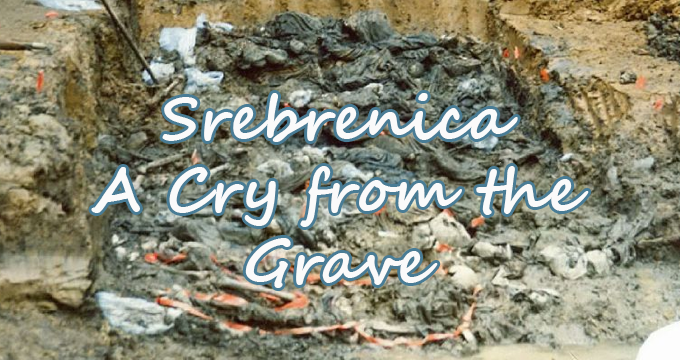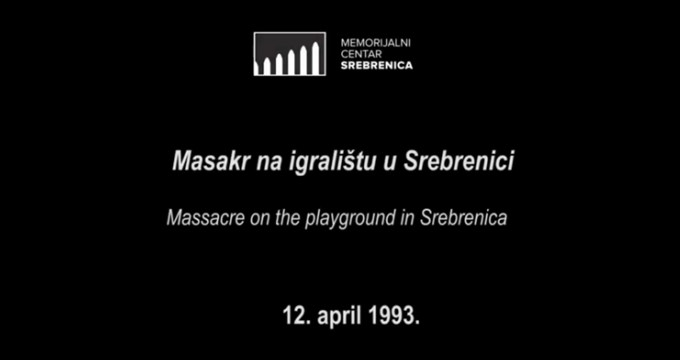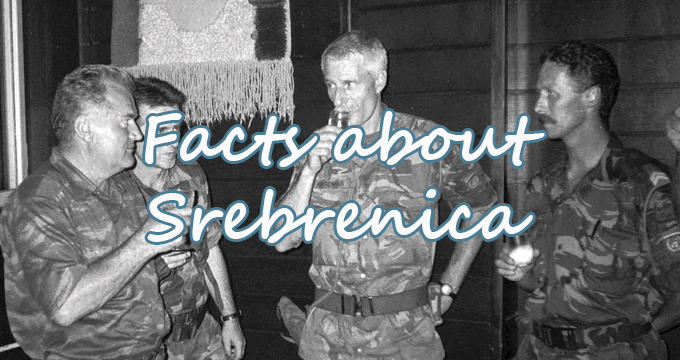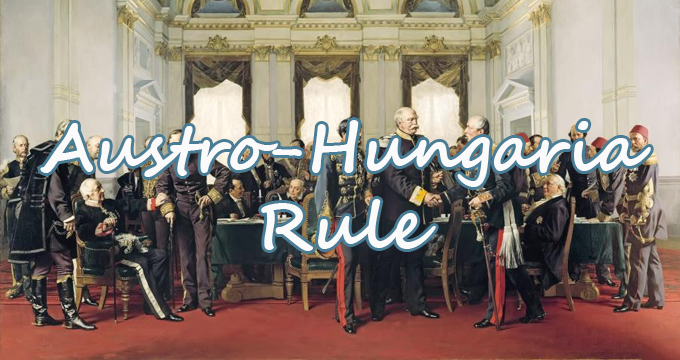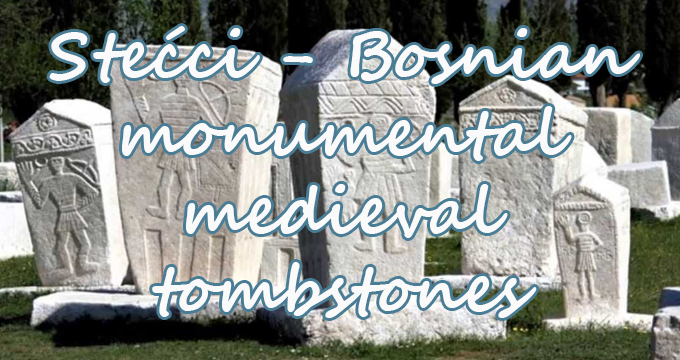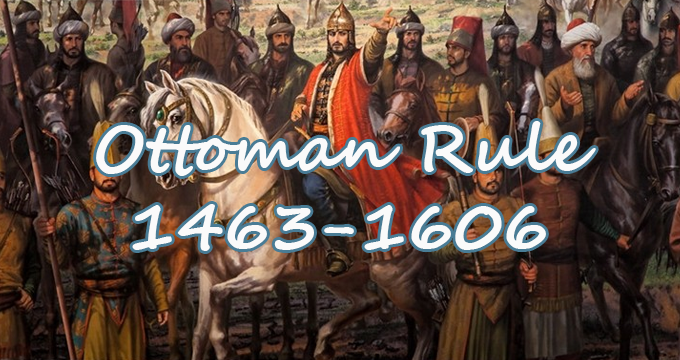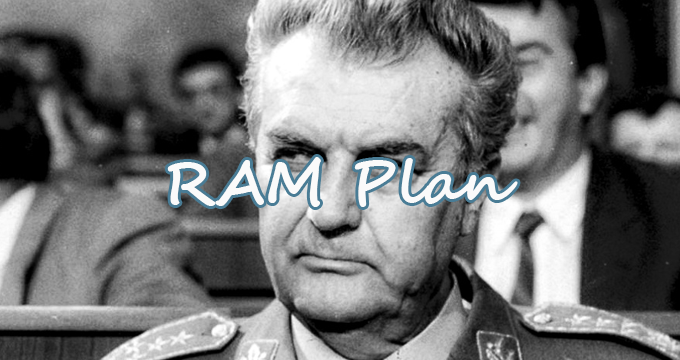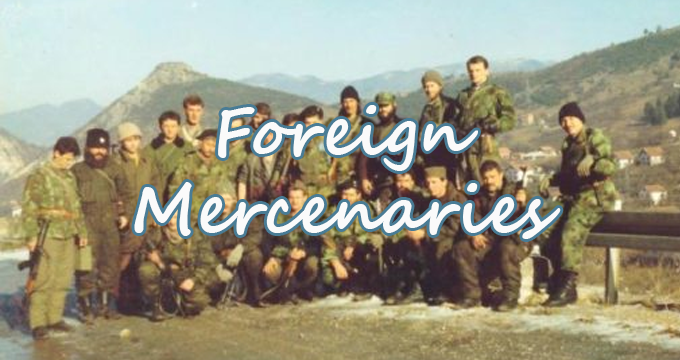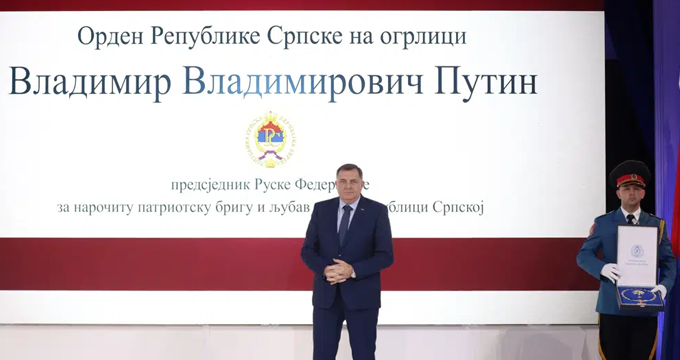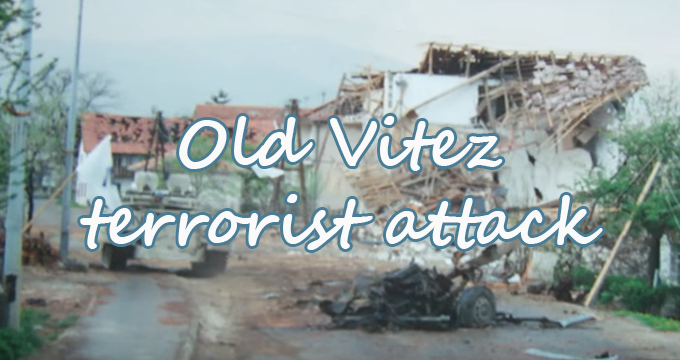The fighting in Vitez continued after April 16, 1993. The old town of Stari Vitez (or Mahala as it called) remained in Bosnian government hands. However, the HVO surrounded it and subjected it to siege and attack from April 1993 to February 1994. The period was characterized by confrontations of varying intensity, in particular by a violent attack on July 18, 1993 when a great many homemade weapons known as "baby bombs" were fired on Stari Vitez and killed many Bosniaks. That quarter of the town was also targeted by multi-tube rocket-launchers and mortars.[33] [34]
On April 18, 1993 a tanker containing 500 kilograms of explosives exploded near the mosque in Stari Vitez, destroying the offices of the Bosnian War Presidency, killing at least six people and injuring 50 others. The ICTY accepted that this action was a piece of pure terrorism committed by elements within the Croat forces, as an attack on the Bosniak population of Stari Vitez. [33] [34]
References:
1. a b "ICTY: Kordic and Cerkez verdict - C. The April 1993 Conflagration in Vitez and the Lašva Valley - 7. The Stari Vitez Truck Bomb". [33]
2. a b "ICTY: Blackic verdict - 2. The events in Vitez and Stari Vitez - a) The attacks committed as from 16 April 1993". [34]

